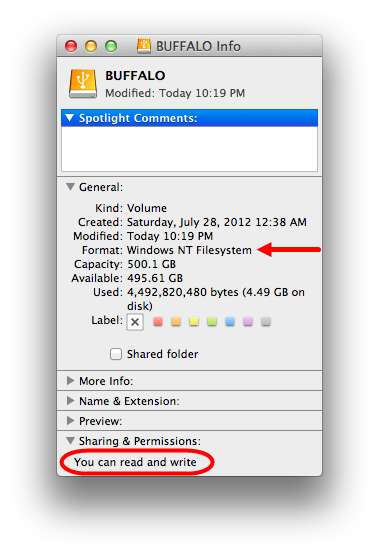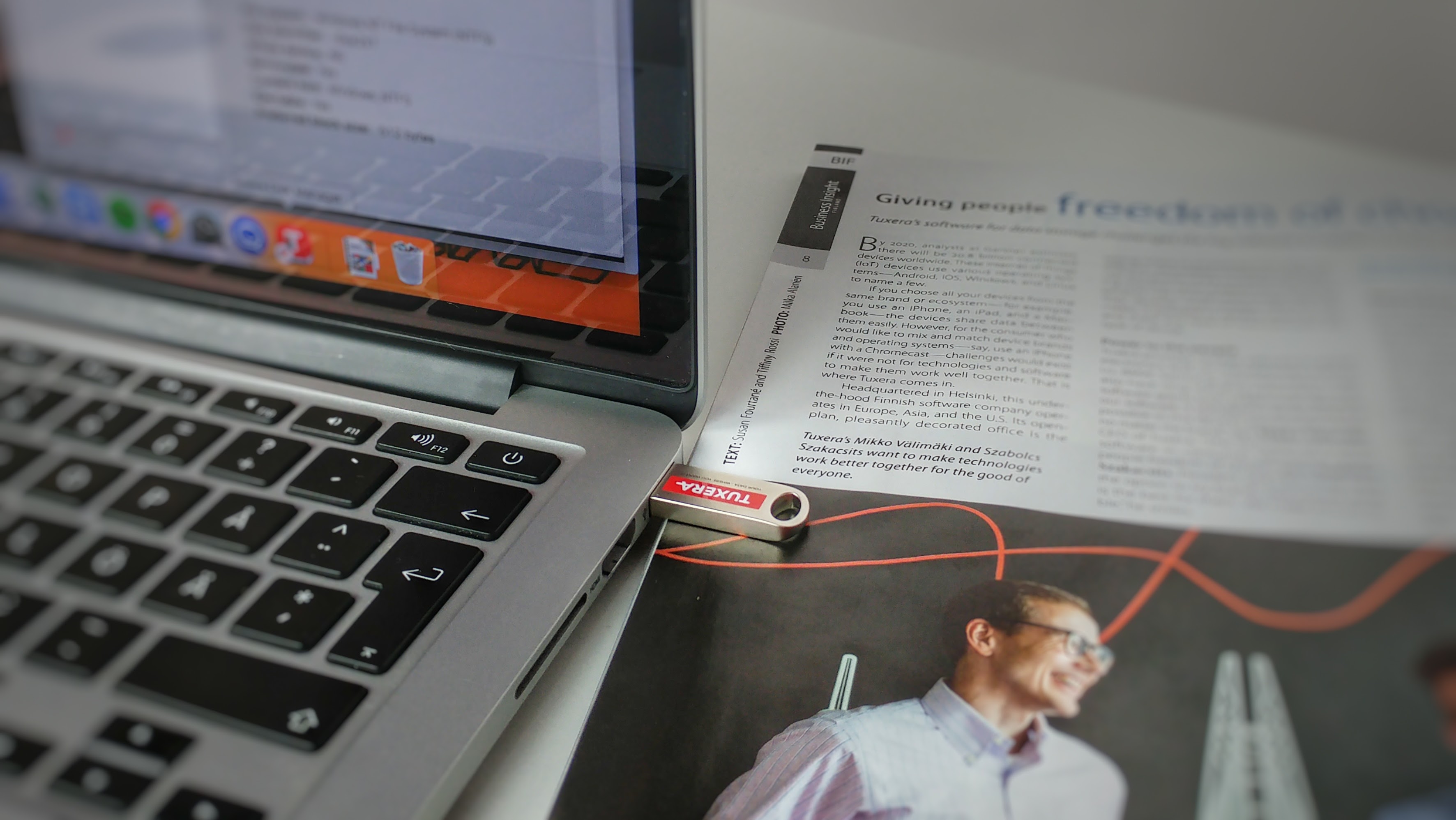Ntfs Drivers For Mac

Paragon Driver for macOS (10.10 and above) This driver provides write access for Seagate external drives in Mac OS without having to reformat.
I agree with Allan, the best choice is to avoid using an NTFS drive with a Mac. The problem I’ve found with the various NTFS drivers is that when Apple releases a new OS version (and sometimes just a security update) it breaks the driver leaving me an unusable driver, disk corruption, or instability of my Mac.
For a time I chose to use exFAT as my cross compatible drive format. Today I don’t bother. I use one external drive for my Mac and another for my PC. If I need to move files from one platform to another today I use DropBox.
 USP: 360-degree rotation #10. Lastly, SENGBIRCH comes in three colors: black, gold and rose gold.
USP: 360-degree rotation #10. Lastly, SENGBIRCH comes in three colors: black, gold and rose gold.
 (Any other cloud solution that supports the Mac and Windows would work.). Wow, the replies here are SO not helpful. You ask about bananas and get orange answers.
(Any other cloud solution that supports the Mac and Windows would work.). Wow, the replies here are SO not helpful. You ask about bananas and get orange answers.
Lol Anyway, I've been using, without a hiccup for ages. The build-in read only driver seems to be not only faster at reading but lighter as well, so I only use it when I need it. There is also a preferences panel for it where you can turn the driver on or off on the fly. For me the only little inconvenience using this product is that I use the /etc/fbtab to prevent the Windoze partition from auto-mounting, so when the driver is on the disk 'loses' its GUID.
If the driver is on at boot the Windoze partition will mount. I guess I could use the name for it, but it is a minor thing. In the event of any trouble, uninstalling is quite easy and can be done using the preferences pane uninstall button or via terminal using pkgutil. I always prefer using the terminal to uninstall pkgs, as I don't like leftovers. Needless to say, extreme care should always be taken when removing files with root privileges.

You can list all pkgs installed by issuing a: pkgutil --pkgs Then list all the files for the package (paragon's ntfs in the example below): pkgutil --files com.paragon-software.filesystems.NTFS.pkg As you can see below the output will show you all the files the package's install script wrote. mach [~ ] $ pkgutil --files com.paragon-software.filesystems.NTFS.pkg Library Library/Application Support Library/Application Support/Paragon Software Library/Application Support/Paragon Updater Library/Application Support/Paragon Updater/Paragon Updater.app Library/Application Support/Paragon Updater/Paragon Updater.app/Contents AND SO ON. Then you can delete them manually via Finder or using the terminal. Be careful not to break your system, please. After deleting the files and directories you can finally remove the receipt for the package: sudo pkgutil --forget.
I second this! First of all, please keep it on-topic there is enough useless information to be found elsewhere so lets not fill the apple support forums with it 😎 Then. I have been using Paragon NTFS since 2008 when I bought my MacBook (still up and running 🙂). I tried Tuxera a long time ago and I did have problems with that one so my advice would also be to use Paragon. There are more (also free) options to consider for that I am going to point you to howtogeek.com, this article covers all available options I know (and didn't know 😉) Be sure to check out this part of the guide!
😉 ' If you have a Seagate drive you want to write to, be aware that Seagate offers so you won’t have to purchase anything extra.' Apple Footer • This site contains user submitted content, comments and opinions and is for informational purposes only. Apple may provide or recommend responses as a possible solution based on the information provided; every potential issue may involve several factors not detailed in the conversations captured in an electronic forum and Apple can therefore provide no guarantee as to the efficacy of any proposed solutions on the community forums. Apple disclaims any and all liability for the acts, omissions and conduct of any third parties in connection with or related to your use of the site. All postings and use of the content on this site are subject to the.
NTFS-3G for OS X is a software project designed to bring NTFS read/write support to the Mac platform, along with additional advanced features. It is based on NTFS-3G, the leading open source NTFS driver that is ported to numerous platforms, but also includes other software projects to build a complete toolset for managing NTFS volumes. NTFS-3G itself is included in hundreds of Linux distributions; for example Fedora, Mandriva, openSUSE and Ubuntu use NTFS-3G as the default NTFS driver. Development has been ongoing since 2006.